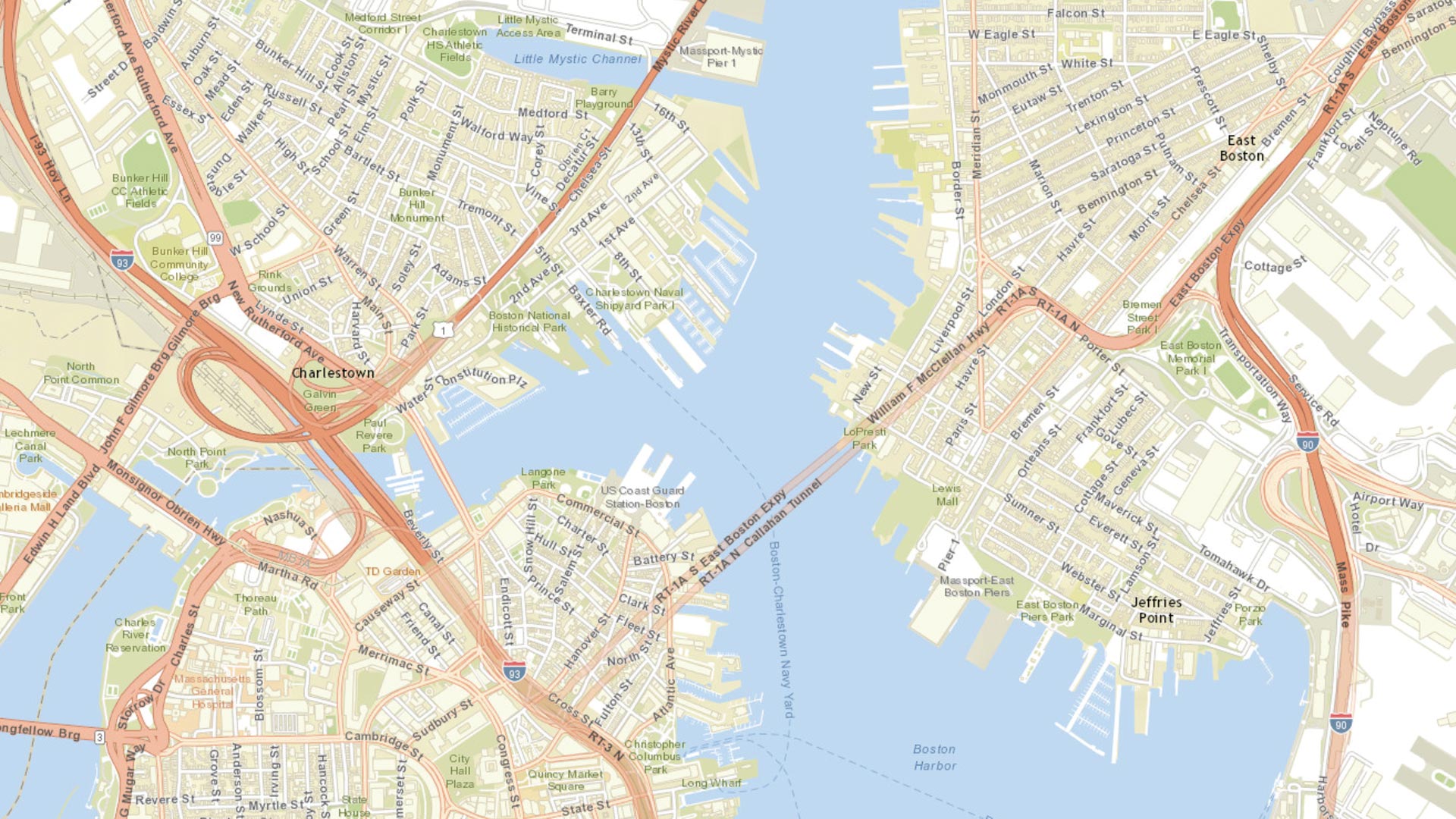The old saying “Many hands make light work” is true now more than ever. In our increasingly connected world, we are able to collaborate with an infinite number of people. Moreover, we can contribute to products that go beyond the boundaries of our organizations. A great example of this in the public sector is how government agencies work together to build statewide and national geospatial datasets. As we’ve done this, we have learned that collaboration, relationships, and agreed-on data standards hold these datasets together.
Geospatial practitioners are some of the best collaborators. For one, geospatial data is inherently visual. Much like adding pieces to a puzzle, it is rewarding data to assemble. Geospatial folks also tend to speak the same language. In the early days of the industry, most people working in GIS used Esri products and created and shared data in similar formats. This is generally still true in the public sector.
What’s exciting now is that technology continues to make collaboration easier. Because of this, we have entered a moment in which siloed data can become a thing of the past. The individual work that we all do can be interlaced to form a seamless, uniform geospatial fabric of the world. And those of us in the geospatial industry—especially people who work with authoritative data—are weaving that fabric.
Authoritative Data Requires Accountability
Authoritative data can be defined as data that is provided by a recognized source, such as a surveyor or governing entity (i.e., an entity that is authorized to develop or manage the data, such as a governmental jurisdiction). To ensure that people use authoritative data, it is critical that it be placed in the public domain.
Authoritative data is different from crowdsourced data. Crowdsourced data is typically generated by a large group of users who are contributing information at will and to the best of their knowledge. Crowdsourced data can be useful for projects where stewardship is of less concern—to show live traffic data on a map, for example. It is also helpful when information is needed quickly, such as during a humanitarian crisis or following a natural disaster. In the midst of these events, individuals must come together quickly and generate data without the additional oversight that is often associated with authoritative data.
The clearest use cases for authoritative, open data are in systems like 911, elections, health, and taxation. These systems support vital government services, such as public safety and emergency response; the creation, dissemination, and collection of election ballots; the monitoring of infectious disease outbreaks; and the setting of property and sales tax rates. In these cases, it is important to use authoritative data with a clearly defined steward that can be held accountable.
Data Stewards and Data Aggregators Work Together
Authoritative data is typically woven together through a process of aggregation. In this scenario, there are data stewards and data aggregators, with occasional overlap. Ideally, the data stewards work most closely with the assets. For datasets such as address points, land parcels, and road centerlines, the data stewards are often local government employees.
Data aggregators tend to play a facilitator role. When the aggregator is a government entity, it is usually positioned at the state or national level. In Utah, for example, the state’s GIS office—the Utah Geospatial Resource Center (UGRC)—functions as the aggregator. The aggregator’s role is to build relationships with data stewards, standardize the data, and produce a single product that is diverse enough to be used in a wide range of systems and applications.
The steward-aggregator model has well-defined roles and contains accountability at all levels. One of the many benefits of this is that when an asset, such as an address point, is created or modified, it is done so at the steward, or local, level. Through the process of aggregation, this data then flows into larger and more encompassing datasets, like spring water flowing from a high mountain stream into larger rivers; lakes; and, eventually, oceans.
This workflow reduces duplicate data and promotes a single source of truth. It also ensures that users from the local to the national levels are using the same data. This is great because the more the data is used, the better it becomes.
Advisory Groups Set Goals and Solidify Standards
Collaboration, relationships, and agreed-on standards hold the geospatial fabric together. As with fostering collaboration and nurturing relationships, maintaining standards requires clear communication among stakeholders. A big part of this is making sure that everyone understands their roles and each other’s goals.
Data stewards typically create and maintain data for a specific purpose. However, when stewards, aggregators, and other stakeholders communicate, they often discover that they share goals and standards. Incorporating these into workflows—by establishing naming conventions, for example, or using the same spatial reference system—makes data aggregation faster and more efficient, especially for statewide and national datasets.
Geospatial advisory groups are a great way for various organizations to communicate their goals and solidify common standards. A few examples of these include the Federal Geographic Data Committee (FGDC); the National Geospatial Advisory Committee (NGAC); the Open Geospatial Consortium, Inc. (OGC); and state-led advisory groups such as the Utah Geographic Information Systems Advisory Committee (GISAC).
The FGDC and NGAC are federally focused committees that work in conjunction with each other. Collectively, they seek to advance a National Spatial Data Infrastructure (NSDI) and develop and implement policies, best practices, metadata, and standards relating to geospatial data.
The OGC is an international consortium that adheres to the principles of making geospatial data findable, accessible, interoperable, and reusable (FAIR). Its members work to create royalty-free, publicly available, open geospatial standards.
State-led advisory groups like GISAC typically work to develop and update standards and best practices within their states. Clearly defining these is key to making speedy data updates within statewide datasets. In Utah, UGRC is able to aggregate the state’s road centerline dataset more efficiently because a set data model is already in place. UGRC (the aggregator) and the county GIS offices (the stewards) adhere to the same standards, which streamlines the process.
Geospatial advisory groups exist to ensure that the wider geospatial community moves forward together. By taking an active role in one or more of these groups, GIS practitioners can ensure that their organizations are well represented and that the products they create fit into the larger geospatial fabric that’s coming together.
An Encompassing Geospatial Fabric Takes Shape
If we do this right, the geospatial fabric should stretch across the United States and around the globe. In other words, the authoritative data created at the local level should be the same data showing up in larger statewide, national, and even international datasets.
A great example of this in action is to compare an address point in the National Address Database with its corresponding point in UGRC’s statewide address database. It’s immediately clear that they are one and the same. This is a successful steward-aggregator model in which local data makes its way to the state GIS office and then into the national fabric. The magic happens because of collaboration, relationships, and shared data standards.
As authoritative geospatial data providers, our goal should be to weave open data together in such a way that individuals, organizations, and government entities have the tools they need to make better data-driven decisions.


